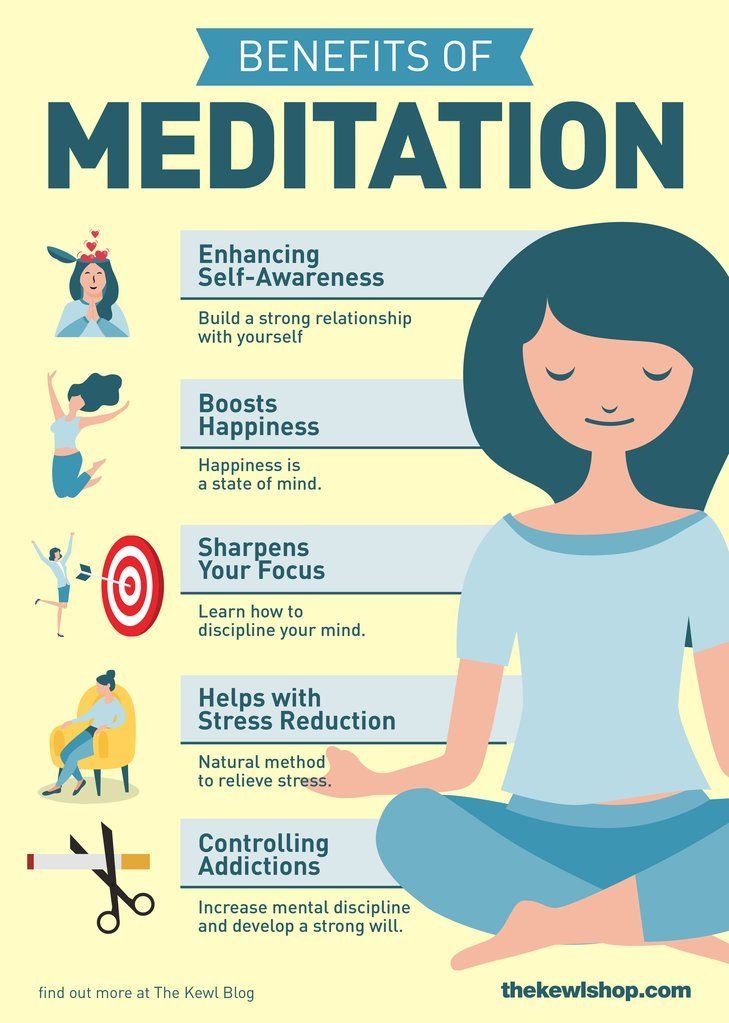Technology has undoubtedly changed the way we live our lives, providing us with convenience and instant access to information. However, it has also brought about increased stress and distractions, making it crucial for us to find ways to relax and center ourselves. One such technique that has gained popularity in recent years is guided meditation. If you’re new to meditation and are looking to incorporate it into your daily routine, here are some guided meditation techniques that are perfect for beginners.
Choose the Right Time and Place
Before you begin your guided meditation practice, it’s essential to choose the right time and place. Find a quiet and comfortable spot where you won’t be disturbed, and pick a time when you’re least likely to be interrupted. This could be first thing in the morning, during your lunch break, or before bed. Creating a dedicated meditation space can help you get into the right mindset and set the tone for your practice.
Focus on Your Breath
One of the fundamental principles of guided meditation is focusing on your breath. Begin by taking slow, deep breaths in through your nose and out through your mouth. Pay attention to the sensation of your breath as it enters and leaves your body. This can help you become more present and calm your mind, making it easier to let go of any stress or worries.
Practice Mindfulness
Another essential aspect of guided meditation is practicing mindfulness. This involves being fully present in the moment and observing your thoughts and feelings without judgment. As a beginner, it’s normal for your mind to wander during meditation. When this happens, gently bring your focus back to your breath or the guided instructions you’re following. By being aware of your thoughts and emotions, you can cultivate a sense of inner peace and self-awareness.
Use Guided Meditation Apps or Videos
If you’re new to meditation, using guided meditation apps or videos can be incredibly helpful. These resources provide you with a structured practice led by experienced meditation instructors. They often include soothing music, calming visualizations, and prompts to help you relax and focus. Some popular guided meditation apps include Headspace, Calm, and Insight Timer. Experiment with different guides and styles to find what resonates with you the most.
Set Realistic Expectations
As a beginner, it’s essential to set realistic expectations for your meditation practice. Meditation is a skill that takes time to develop, and it’s normal to encounter challenges along the way. Some days you may feel calm and focused, while other days your mind may be restless and distracted. Remember that consistency is key, and don’t be too hard on yourself if you have an off day. Simply acknowledge your experience and commit to showing up for your practice each day.
Incorporate Meditation Into Your Daily Routine
To reap the benefits of guided meditation, try to incorporate it into your daily routine. Consistency is the key to developing a meditation practice that is sustainable and effective. Whether you choose to meditate for five minutes or thirty minutes each day, make it a priority in your schedule. Over time, you’ll start to notice improvements in your focus, clarity, and overall well-being.
Conclusion
Guided meditation is a powerful tool for reducing stress, enhancing mindfulness, and promoting relaxation. By following these techniques for beginners, you can start your meditation journey with confidence and ease. Remember to be patient with yourself, stay consistent with your practice, and enjoy the benefits that meditation has to offer. With dedication and commitment, you’ll soon discover a sense of peace and presence that will positively impact every aspect of your life.

